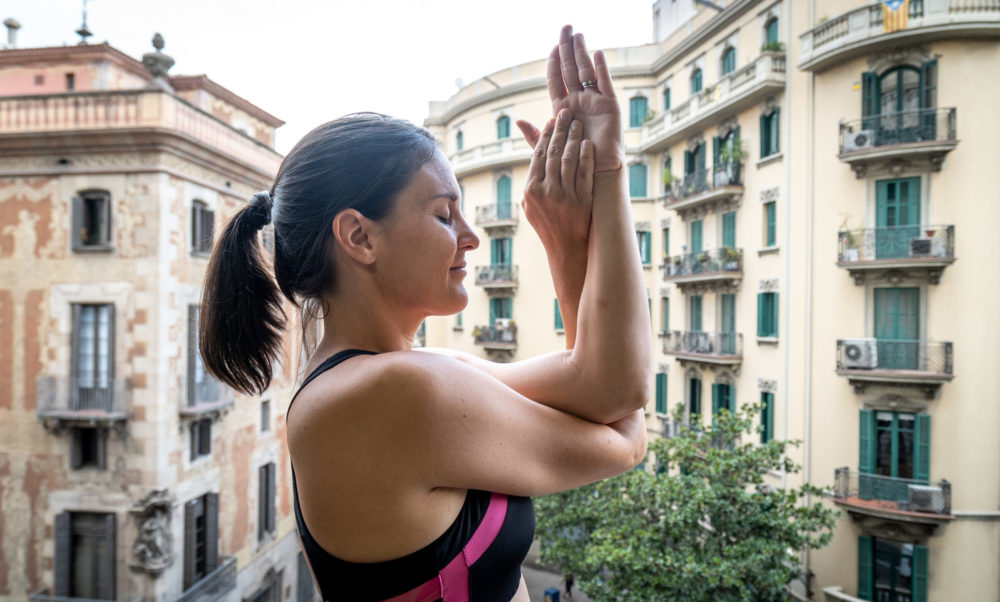
The 8 limbed system by Patanjali – Yamas
The 8 limbed system by Patanjali – Yamas
This 8 limbed system has been outlined by Patanjali in the Yoga Sutra in 300 B.C. The book contains the 196 sutras or principles called the Eight Limbs of yoga. These eight steps act as guidelines on how to live a meaningful and purposeful life if we apply them in order life and practice. Patanjali believed that if you followed this path, you would achieve yogic enlightenment, self-actualization, and peace.
The 8 limbs are:
YAMA – Restraints, moral disciplines or ethical observation
NIYAMA – Positive duties or self-observation
ASANA – Physical posture
PRANAYAMA – Breathing techniques, control of the breath
PRATYAHARA – Sense withdrawal
DHARANA – Focused concentration
DHYANA – Meditative absorption
SAMADHI – Bliss or enlightenment
Part 1: The Yamas
We will start this article by looking at the first limb “The Yamas”. Yama literally translates to “bridle” and can be defined as the moral, ethical and societal guidelines for the practicing yogi. They are divided in five yamas in the Yoga Sutra which asks practitioners to: avoid violence, lying, stealing, wasting energy, and possessiveness. Patanjali instructs us that they should be practiced on all levels (actions, words, and thoughts) and that are not confined to class, place, time or concept of duty (YS 2.31)
Ahimsa: Non-violence: It is the practice of non-violence which includes physical, mental, and emotional violence towards others and the self. They could create anger and stress, which manifests in our body harmfully. Ahimsa applies to ourselves and others.
Satya: Non-lying: it encourages us to live and speak our truth at all times. Living in your truth not only creates respect, honor and integrity.
Asteya: Non-stealing: It is defined as not taking what is not freely given, don’t rob yourself of your own value/happiness/belongings by envying those around you for theirs. And as Patanjali tells us, “when Asteya is firmly established in a yogi, all jewels will become present to him/her.” (YS 2.37).
Brahmacharya: Non-excess it encourage us to have control over our physical impulses of excess, by not overdoing no matter what “it” is. One of the main goals in yoga is to create and maintain balance. By practicing Brahmacharya, we create moderation in all of our activities.
Aparigraha: Non-possessiveness: this Yama reminds us to let go of everything that we do not need, possessing only as much as necessary. It is also a call to let go of what you think others should be or do.
As a summary, to pay attention to the practice of the Yamas can be deep and long lasting and certainly prevent the draining of our energy when we lead an unconscious life with ourselves or others. It helps us to live a healthier and more peaceful life. It also helps us to strengthen our awareness, will and discernment. Engaging in these practices is not an easy task, yet by doing so we surely further our progress along the path of yoga.







